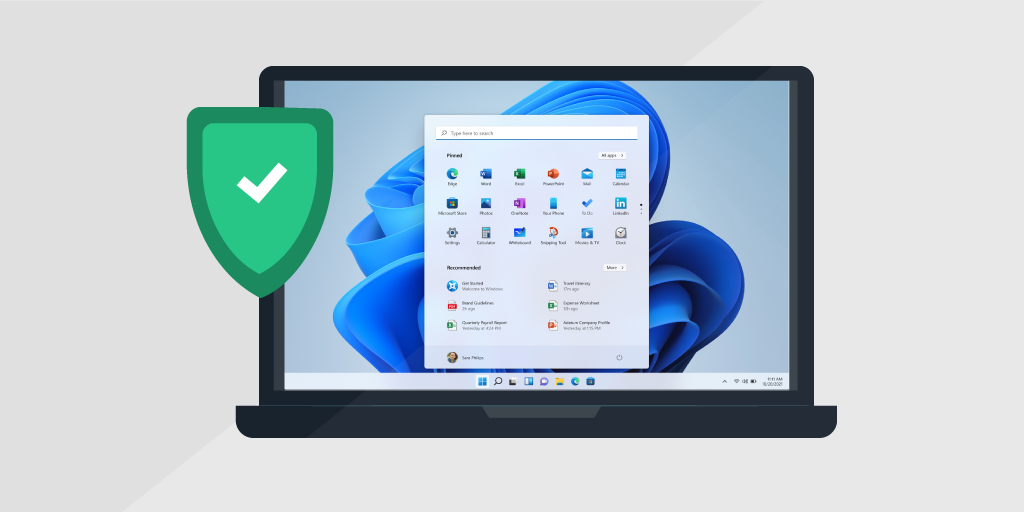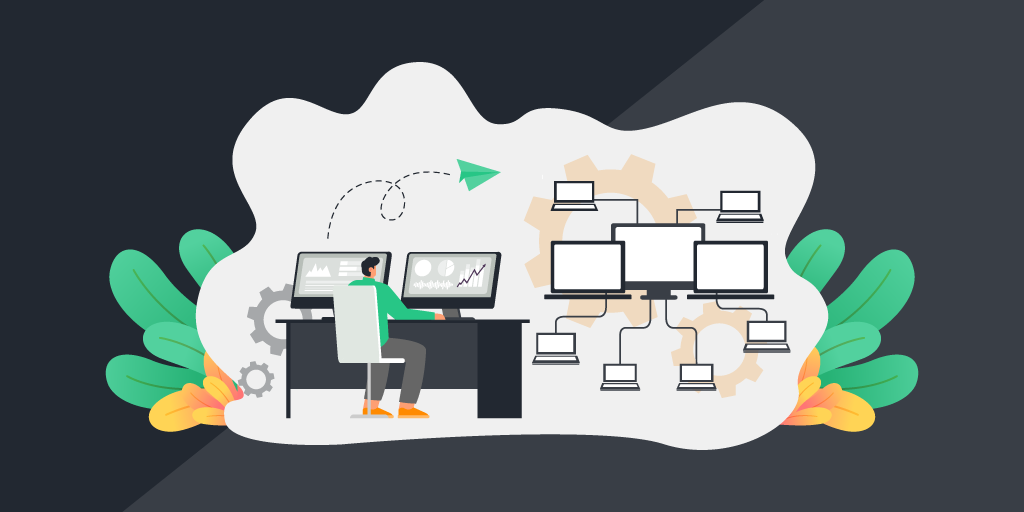
Ensuring Data protection and privacy is a critical function of IT in any organization, particularly as the number of data breaches occurring in organizations around the world continues to skyrocket. In the first half of 2020 alone, Data breaches exposed 36 billion records, and there were 1,291 data breaches in 2021. The consequences of a breach can be severe, including identity theft, data destruction or corruption, data leaks, intellectual property theft, and reputational damage. Worst-case scenario, it can put your business out of business.
But the threat of a data breach isn’t the only reason protection and privacy have become key priorities for organizations that process data – customers expect digital trust from organizations they interact with – both for information and for security and data protection. Individuals have the right to say what companies can do with their personal data, that is, any information that could be used to personally identify them, such as their name, address, phone number, social security number, credit card information, username, and password, and so on. As a result of the data explosion that has occurred in recent years alongside digital transformation initiatives, new data privacy policy frameworks have been adopted in the U.S., EU, and China in an attempt to protect data and preserve data privacy.
One such policy framework is Europe’s General Data Protection Regulation (GDPR), which went into effect on May 25, 2018, replacing existing data protection laws that were nowhere near as stringent. Designed to harmonize data protection and privacy for organizations doing business in Europe, GDPR applies to any company that “processes” personal data through the provision of goods or services to data subjects, i.e. customers. Under the terms of the framework, companies are either data controllers who collect and process personal data for their own purposes or data processors who process personal data on behalf of a data controller.
Sounds complicated, doesn’t it? But it boils down to this: If you collect, store and use customer data, and you do business anywhere in Europe, you have to comply with GDPR. If you don’t, you’ll face steep fines – up to €20 million or 4% of your global revenue (whichever is higher). Data subjects can also seek compensation for damages.
What Are Your Obligations?
To comply with GDPR, organizations must meet several obligations, and one of the most critical is to maintain a register of processing activities, along with detailed information about how the data is collected and what for, with whom the data is shared, how long it’s retained, and more. They must also provide a legal basis for processing data, inform and respect individuals’ rights, ensure data security during processing, notify authorities and affected individuals of data breaches within 72 hours, and keep detailed records of all data processing activities.
This long list of obligations can only be met when IT teams have a complete and accurate list of all the IT assets they have in their environment – and accurate and detailed data about all devices, software, and users. They must make sure all data that traverses the network is protected, which requires knowing where it resides, who’s accessing it, and what software is being used to process data.

Suppose There’s a Breach
As soon as you know a breach has occurred, you’re going to be asked a lot of questions:
- What devices were breached?
- Where do those devices reside?
- Who has access to the affected devices?
- Are there patches and upgrades that can prevent the attack from spreading across the organization?
These questions can be answered quickly and easily when teams have access to a complete and accurate IT asset inventory and rich, detailed information about all of the IT assets of which they’re in charge.
Unfortunately, two-thirds of IT managers don’t have such an inventory. And for a typical enterprise, “ghost assets” – assets that are missing – comprise 30% of the IT estate. To make matters worse, the hybrid workplace has introduced the problem of managing potentially vulnerable, unprotected, and unauthorized personal and IoT devices that may connect to the corporate network as a result of employees working from home. Shadow IT is also a problem – teams across the organization often circumvent IT and implement IT infrastructure and services without formal approval, which makes them impossible to track and protect. And let’s face it: If you don’t know what you have, you can’t manage or protect it.
Data + Insights: The Key to GDPR Compliance
To comply with GDPR, companies must ensure all assets that process personal data are in the scope of the GDPR program because GDPR is more than just security. IT teams need full visibility into every device, software installation, and user, and the ability to document all of the IT resources. They have to be able to retrieve that data in case of a compliance audit, quickly and efficiently, to prove that they’ve taken the necessary steps to protect customers’ data and preserve their privacy. That’s why ITAM is so essential to achieving GDPR compliance and protecting your organization. And that’s where Lansweeper – comes in.
Lansweeper’s deep scanning engine provides unprecedented insight across the entire IT estate, making it easy to scan, detect, recognize and document every IT asset on the network – even rogue devices that only connect briefly. This enables IT teams to:
- Quickly identify vulnerabilities and apply patches and updates, to ensure security and data protection.
- Maintain a complete and accurate IT asset inventory for documentation, reporting and recordkeeping purposes.
- Simplify audits with rapid access to detailed IT asset data.
- In case of a breach, quickly determine what devices are impacted, where the devices reside, and who’s accessing those devices.
- Isolate and shut down impacted devices in minutes, to minimize data exposure.
- Monitor the expiration of contracts, software licenses and hardware maintenance, enabling a proactive approach to data protection and management.
No Time to Lose
The GDPR is just the tip of the iceberg in terms of new data security and privacy standards that will impact global organizations. Just last year in June, The National People’s Congress Standing Committee of the People’s Republic of China passed the Data Security Law (DSL), which has similar stipulations to the GDPR and also requires companies to adopt a data classification system. The Chinese government is classifying data based on its level of importance, and applying a security standard for each class. In the U.S., California recently passed the California Consumer Privacy Act (CCPA), which stipulates consumer data privacy rights when interacting with companies. All of these new policies have broad implications for industries in every sector, making effective tools and strategies for efficient and thorough ITAM an imperative.
On top of new legislative mandates emerging to govern data security and privacy, customers are increasingly influenced by the extent to which they feel organizations can be trusted with their data. The ability of organizations to demonstrate they can provide safety, privacy, security, reliability, and data ethics in conjunction with their digital products and services will be essential for earning customers’ trust and inspiring loyalty.
If your organization hasn’t already automated IT asset discovery and implemented processes for monitoring, tracking, and reporting on data management and governance, there’s no time to lose. Read our 3-part blog series on IT Governance to learn how Lansweeper can simplify and improve compliance, saving your organization time, hassle and costs.


